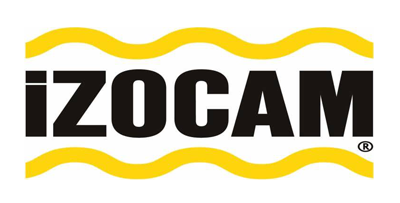
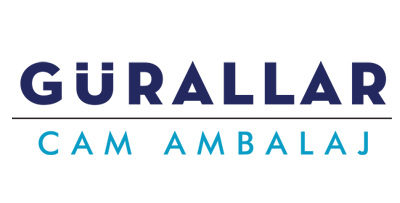

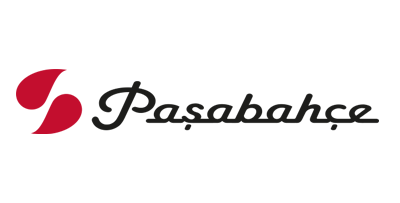

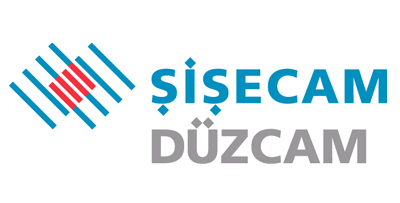
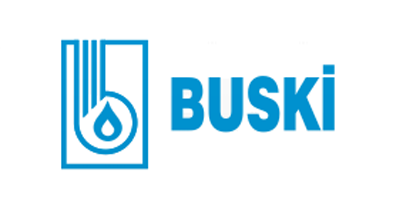

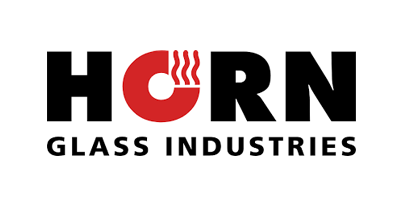

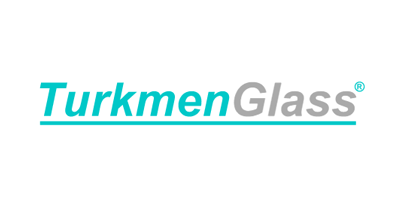
Refractory metals are a group of metal elements that are extraordinarily resistant to heat and corrosion. They all have a high melting point and can resist against wear and deformation. The identifying feature of these metals are their high melting point, which is well above 4.000 F. Refractory metals are used in all industries which require corrosion resistance and high-temperature strength. Nuclear control rods, lubricants, ingots, wires and reinforcing bars are some examples of refractory metal applications. Electronics, automotive, aerospace, mining, and metal processing industries also have a use for refractory metals. It is also possible to use them as catalysts, because of their chemical and electrical properties.
It is impossible to fabricate refractory metals by casting because of their high melting points. Instead, a specialized method called “powder metallurgy” is used. In this method, different types of metallic powders are blended in to create the required properties. After that, sintering is applied. Sintering requires heating of this mixture for a very long period of time. Under high heat, the particles in this mixture start to form bonds and form a solid piece. In other words, to create solid refractory metals, their powder are heated lower than their melting points. Industrial uses of refractory metals usually consist of these elements: Molybdenum (Mo), Niobium (Nb), Rhenium (Re), Tantalum (Ta), and Tungsten (W).
However; Chromium (Cr), Hafnium (Hf), Iridium (Ir), Osmium (Os), Rhodium (Rh), Ruthenium (Ru), Titanium (Ti), Vanadium (V), and Zirconium (Zr) can also be used as refractory metals. All of these elements have high densities and can be used to form a protective layer, because of their resistance to corrosion and heat. Tungsten is probably the most commonly used refractory metal, because of its wide range of applications. Fluorescent and automotive lamp filaments are made of tungsten, and most of the heating shields use this element.











You can learn more about what we have accomplished in detail by reviewing our recent projects
More Details